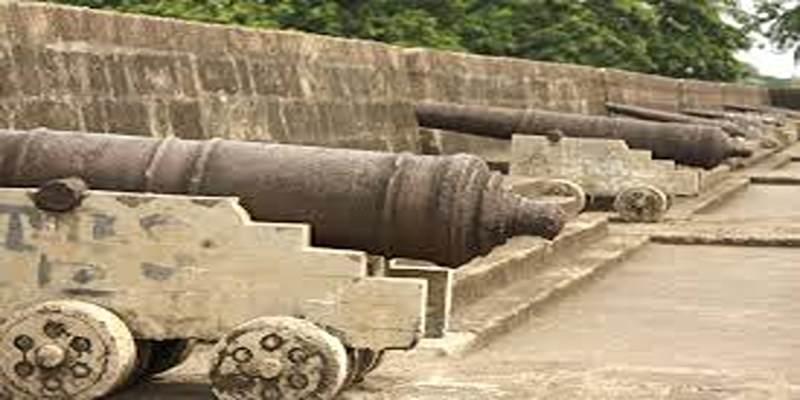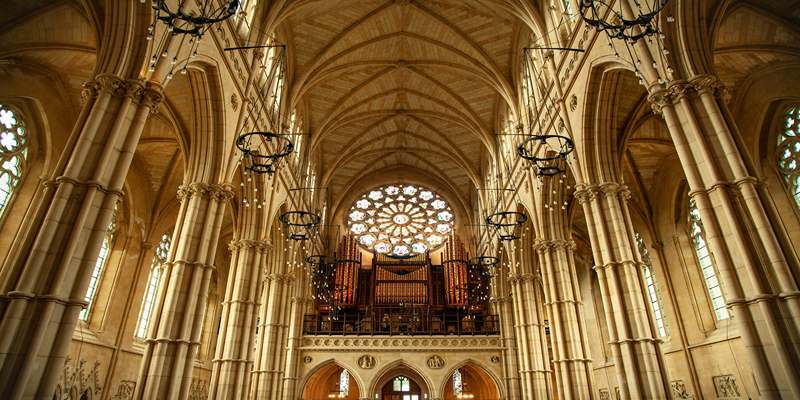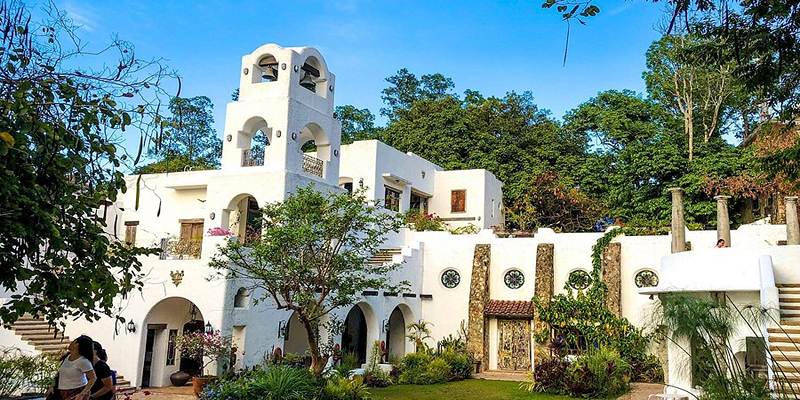Discover Fort Santiago: A Must-Visit Tourist Spot in Manila
In Manila, Fort Santiago is one of the most popular historical places. It is in Intramuros, the famous walled city. The fortress has been well taken care of and gives tourists a look into the colonial history of the Philippines. It was built as a defence castle in the past, but now it is an important cultural and historical place. Fort Santiago should definitely be on the list of things that tourists who are visiting Manila should do.
Visiting this iconic landmark is a unique experience, as it allows you to walk through centuries-old walls, visit museums, and learn about significant historical events. This guide will help you navigate through Fort Santiago and provide essential tips for a smooth and memorable visit.
How to Get to Fort Santiago
Fort Santiago is located in the Intramuros district of Manila and is easily accessible by different modes of transportation:
- By taxi or Grab: The most convenient way to reach the fort is by taking a taxi or booking a ride through Grab.
- By LRT: The nearest train station is Central Terminal Station (LRT-1), which is about a 15-minute walk from the fort.
- By Jeepney: Several jeepneys pass through Intramuros. Look for routes going to "Pier" or "Intramuros."
- By bicycle or walking: If you’re already in Intramuros, walking or renting a bicycle is a great way to explore the area.
It is recommended to use comfortable transportation, especially if you’re traveling with kids or elderly family members.
What to See Inside Fort Santiago

There are several interesting attractions within the walls of Fort Santiago. Here are some must-visit areas:
- Rizal Shrine Museum: This museum is dedicated to Dr. José Rizal featuring personal belongings, writings, and historical displays related to his life.
- Dungeons and Prison Cells: The fort has underground dungeons that were used as prison cells for Filipino revolutionaries and political prisoners during the Spanish and Japanese occupations.
- Main Gate and Walls: The entrance to Fort Santiago is an impressive stone gate with carvings and designs that showcase Spanish colonial architecture.
- Plaza Moriones: A spacious garden area inside the fort where visitors can relax and take in the historical surroundings.
- Manila’s Old Canons and Watchtowers: These are remnants of the fort’s military past and are great spots for photography.
Walking through these sites allows visitors to feel the history and appreciate the significance of Fort Santiago in shaping the nation’s past.
Things to Do When Visiting Fort Santiago
A visit to Fort Santiago is more than just a walk through history. Here are some activities you can do during your visit:
- Explore the museum and exhibits: The Rizal Shrine Museum provides an insightful look into the life of the national hero, with various exhibits showcasing his works and memorabilia.
- Take a guided tour: To fully understand the history behind each structure, you can join a guided tour, which provides in-depth information about the fort’s role in Philippine history.
- Walk through the gardens and pathways: The fort is surrounded by beautiful landscapes and cobblestone streets, making it a pleasant area for a stroll.
- Capture stunning photographs: With its historical structures and scenic spots, Fort Santiago offers great opportunities for photography.
Whether you're a history enthusiast or just someone looking for a peaceful yet educational visit, Fort Santiago has plenty to offer.
Nearby Attractions to Explore
After visiting Fort Santiago, you can explore several other nearby attractions within Intramuros:
- Manila Cathedral: A beautiful Roman Catholic church known for its stunning architecture and religious significance.
- San Agustin Church: A UNESCO World Heritage Site, this is the oldest stone church in the Philippines.
- Casa Manila Museum: A museum showcasing Spanish colonial-era lifestyle and furniture.
- Baluarte de San Diego: A historic bastion within Intramuros that offers a panoramic view of the area.
Exploring these sites will give you a more complete experience of Manila’s rich history and culture.
Entry Fees and Opening Hours
Fort Santiago is open to visitors daily from 8:00 AM to 6:00 PM. Entry fees may vary:
- General Admission: Around PHP 75-100
- Discounted Rates: Students, senior citizens, and children may receive discounted rates
Checking the latest updates on fees before visiting is recommended, as prices may change.
Tips for Visiting Fort Santiago
To make your trip more enjoyable, keep these tips in mind:
- Visit during cooler hours to avoid the heat.
- Join a guided tour to gain a deeper understanding of the fort’s history.
- Respect the historical sites by not touching or vandalizing exhibits.
- Bring cash for entrance fees, as some places may not accept card payments.
By following these tips, you’ll have a smoother and more enriching visit to Fort Santiago.
Best Time to Visit Fort Santiago

Fort Santiago is open year-round, but the best time to visit is:
- Early morning or late afternoon: These hours are ideal because the weather is cooler, making it easier to walk around.
- Weekdays: To avoid large crowds, visiting on a weekday is a good idea, as weekends and holidays tend to be busier.
- Dry season (November to May): Rain can sometimes affect your experience, so visiting during the dry season ensures a more comfortable tour.
By planning your visit during these times, you can explore the fort without rushing and enjoy a more peaceful experience.
Conclusion
A visit to Fort Santiago offers an incredible journey through Philippine history. Whether you're a history buff, a traveler exploring Manila, or someone looking for a peaceful yet educational trip, this fortress has something for everyone. With its well-preserved structures, beautiful gardens, and historical significance, Fort Santiago stands as a testament to the country’s past. By planning and using this guide, you can make the most of your trip and enjoy everything that Fort Santiago has to offer.











